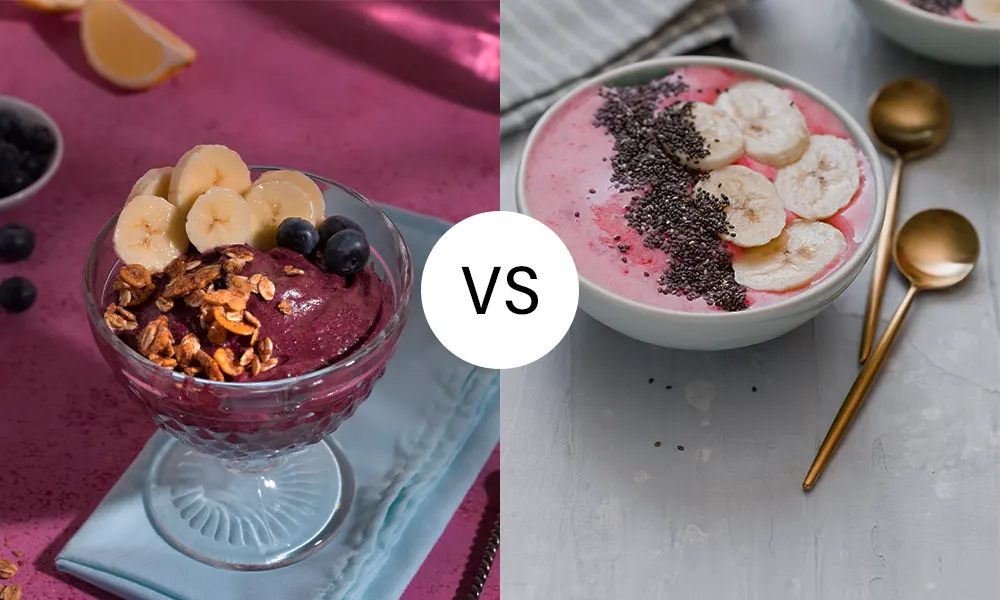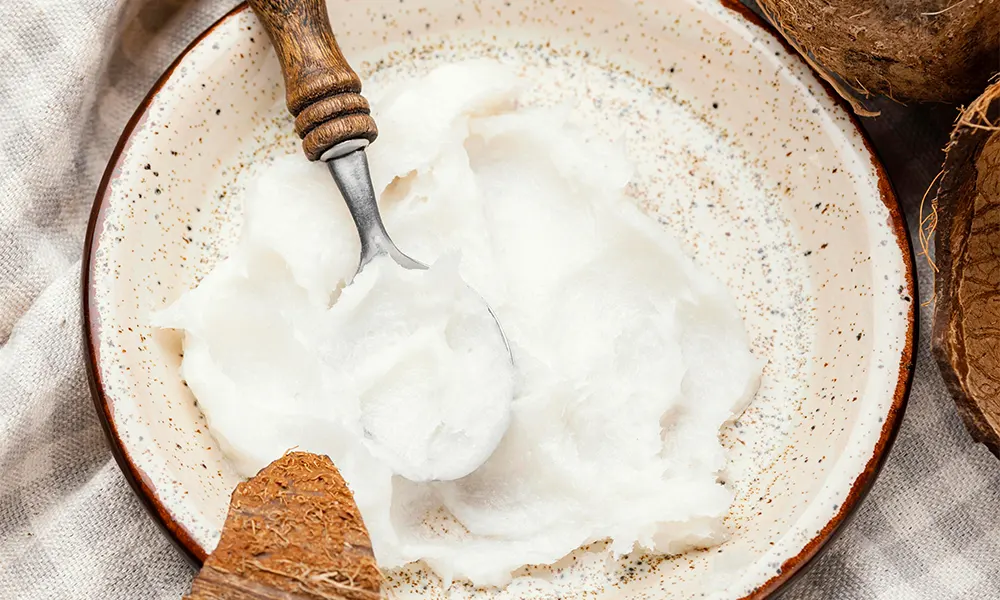Frozen yoghurt, or “froyo,” has gained popularity as a healthier alternative to ice cream, particularly in Australia. With its creamy texture and tangy flavour, it’s a go-to treat for those seeking a guilt-free indulgence. But how healthy is frozen yoghurt, really? To answer this, let’s explore its nutritional profile, benefits, and potential pitfalls. This deep dive will help you make informed choices for a healthier froyo experience.
The Good Side of Froyo: Probiotics and Protein
One of the key health benefits of frozen yoghurt is its probiotic content. Probiotics are live bacteria and yeasts that are beneficial for your gut health. They support digestion, strengthen the immune system, and may even enhance mood by positively impacting the gut-brain axis. Unlike ice cream, frozen yoghurt is often made with cultures that survive the freezing process, making it a potential gut-friendly treat. However, not all brands include live probiotics. Always look for labels that specify “live and active cultures” to ensure you’re gaining this benefit.
Frozen yoghurt is also a source of protein, which is vital for muscle repair, energy, and satiety. While the protein content may not be as high as in Greek yoghurt, it still contributes to your daily intake. For those aiming to maintain a balanced diet, froyo made with high-protein bases can be an excellent choice.
The Not-So-Sweet Side: Added Sugars and Fat
While frozen yoghurt has its merits, it’s not without drawbacks. One of the biggest concerns is its sugar content. To achieve its sweet and tangy flavour, many brands add significant amounts of sugar. In some cases, a serving of frozen yoghurt can rival or even surpass ice cream in sugar content. Excessive sugar can negate the health benefits of probiotics and protein, leading to energy spikes, crashes, and long-term health risks like obesity and diabetes.
Fat content is another factor to consider. While frozen yoghurt is generally lower in fat than ice cream, this doesn’t automatically make it a healthier option. Full-fat versions can contain saturated fats, which should be consumed in moderation to maintain heart health. Conversely, low-fat or fat-free varieties often compensate for the lack of fat by adding more sugar, creating a different set of concerns.
Tips for Choosing Healthier Froyo Options
If you’re keen on making smarter choices, these tips can help you enjoy frozen yoghurt without compromising your health:
- Read Labels Carefully: Look beyond marketing claims and examine the nutrition panel. Choose options with less than 10 grams of sugar per serving and check for the presence of live and active cultures.
- Opt for Plain Froyo: Flavoured versions, especially those with chocolate or caramel swirls, often contain hidden sugars and additives. A plain, unsweetened option gives you a clean slate to add your own natural flavours.
- Choose Toppings Wisely: Instead of sugary toppings like sprinkles and syrups, opt for fresh fruit, nuts, or seeds. These add texture and flavour while enhancing the nutritional profile of your dessert.
- Mind the Serving Size: Even the healthiest frozen yoghurt isn’t guilt-free if consumed in large quantities. Stick to a single serving to keep your treat within a balanced diet.
- DIY Froyo: If you have the time and tools, homemade frozen yoghurt is the ultimate solution. It allows you full control over ingredients, ensuring your froyo is as nutritious as it is delicious.
Homemade Froyo: The Healthiest Option
Making frozen yoghurt at home is not only satisfying but also the healthiest way to enjoy this dessert. Start with plain yoghurt preferably Greek for its high protein content—and add natural ingredients like fresh fruits, honey, or a dash of vanilla extract for flavour. Blend these ingredients until smooth, then chill them in a frozen yoghurt maker or freezer. By controlling the amount of sugar and fat, you can tailor the recipe to suit your dietary needs.
Homemade froyo also gives you the freedom to experiment. Add superfoods like chia seeds or flaxseeds for an extra health boost, or try dairy-free alternatives like almond or coconut yoghurt if you’re lactose intolerant. The possibilities are endless, and the result is a dessert that’s both indulgent and wholesome.
Conclusion
Frozen yoghurt can be a healthy treat if chosen and prepared wisely. While it offers benefits like probiotics and protein, it’s important to be mindful of added sugars and fats. By reading labels, opting for plain varieties, and experimenting with homemade recipes, you can enjoy froyo without compromising your health goals. Whether store-bought or homemade, frozen yoghurt is a delicious way to stay cool and healthy in Australia’s sunny climate!
Ready to make healthier dessert choices? YO HAYO has got you covered! Check out our delicious and wholesome range of frozen yoghurt options. Contact us today to learn more and embrace guilt-free indulgence.
FAQs
-
Can frozen yoghurt fit into a weight-loss diet?
Yes, frozen yoghurt can fit into a weight-loss diet if consumed in moderation. Opt for plain or low-sugar varieties to minimise calorie intake. Avoid piling on sugary or high-fat toppings and consider adding fresh fruits, nuts, or seeds for a nutrient boost. Always check the serving size to avoid overeating. While frozen yoghurt can be a healthier alternative to ice cream, remember that added sugars in some brands can hinder weight-loss goals. Pairing it with a balanced diet and regular exercise will ensure better results.
-
Does frozen yoghurt help with digestion?
Many frozen yoghurt brands contain probiotics in live cultures like Lactobacillus and Bifidobacteria—that can support gut health and improve digestion. However, not all frozen yoghurt includes active cultures, as some may lose these beneficial bacteria during processing. Always check the label for the “live and active cultures” seal to ensure digestive benefits. Pairing probiotic-rich frozen yoghurt with a fibre-rich diet can enhance gut health even further. If you’re lactose-intolerant, some dairy-free frozen yoghurts also include probiotics but are gentler on digestion.
-
Is frozen yoghurt suitable for people with diabetes?
Frozen yoghurt can be enjoyed by people with diabetes, but it’s essential to choose wisely. Opt for unsweetened or low-sugar varieties and avoid high-carb toppings like candies or syrups. Instead, add fresh berries or a sprinkle of nuts to keep the glycaemic impact lower. Monitor portion sizes, as overindulgence can spike blood sugar levels. Some brands offer sugar-free options, but always check the label for hidden carbohydrates. Consulting a healthcare professional or dietitian can provide personalised advice based on individual needs.
-
What’s the difference between frozen yoghurt and gelato?
Frozen yoghurt and gelato differ in ingredients and nutritional profiles. Frozen yoghurt uses yoghurt as its base and often contains probiotics, offering potential health benefits. It tends to be lower in fat than gelato, which is made with cream and milk. Gelato, on the other hand, has a denser texture and richer flavour due to its higher fat content and reduced air churning. While gelato is indulgent, frozen yoghurt can be a lighter, tangier option especially when choosing low-sugar varieties.
-
Can children eat frozen yoghurt regularly?
Children can enjoy frozen yoghurt as an occasional treat, but moderation is key. Opt for plain, unsweetened varieties to avoid excess sugar, which can contribute to tooth decay and weight gain. Consider adding fresh fruit or a drizzle of honey as natural toppings. While frozen yoghurt can offer calcium and probiotics for growing kids, it should not replace whole, unprocessed foods like fresh fruits or plain yoghurt. Always check the ingredients to avoid artificial additives, especially for young children.





